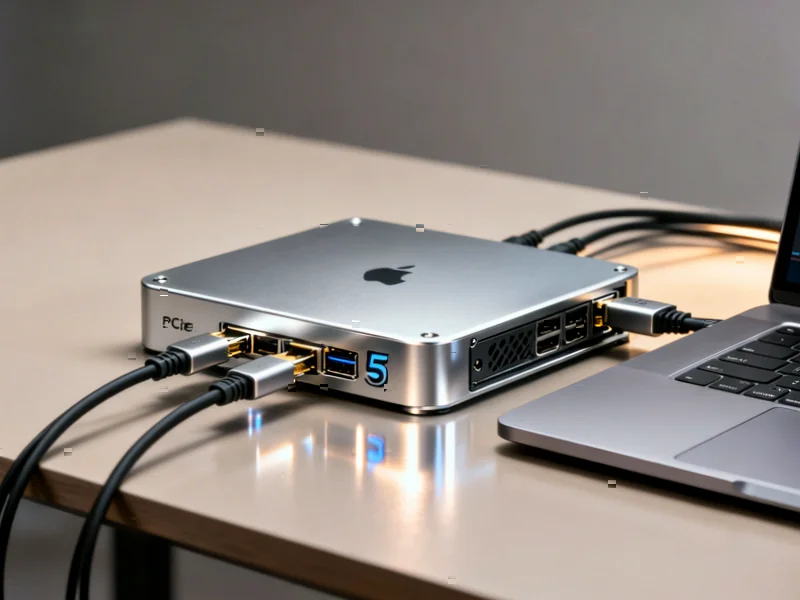According to Neowin, Microsoft has officially announced Windows 11 version 26H1 starting with build 28000 in the Canary Channel. This marks the first H1 version in Windows 11’s history and breaks from the conventional feature update pattern. The release specifically contains platform changes to support “specific silicon” that Microsoft isn’t naming, though it’s likely targeting Snapdragon X2 processors for upcoming Copilot+ PCs. Microsoft confirms Windows 11 will maintain its annual feature update cadence with 25H2 remaining the primary channel for new features. The build includes only minor fixes for live captions crashes and Outlook credential issues alongside some known Start menu and battery problems.
What’s really happening here
So here’s the thing – this isn’t your typical Windows update. Microsoft is basically doing some backend plumbing work to get ready for new hardware. They’re not saying it outright, but everyone knows this is about those upcoming ARM-based Copilot+ PCs with Snapdragon X Elite processors. The company needs to make sure Windows plays nicely with that new silicon before devices start shipping.
And honestly? This is smart. Remember the original Surface Pro X and its compatibility issues? Microsoft learned their lesson. Now they’re getting the software ready well before hardware hits the market. It’s a much cleaner approach than trying to bolt support onto an existing release.
What this means for you
For most users? Absolutely nothing right now. Unless you’re testing in the Canary Channel or planning to buy one of those new Copilot+ PCs later this year, you won’t notice any difference. Microsoft is being very clear that 25H2 remains where the real action is for new features.
But here’s where it gets interesting for businesses and developers. When you’re deploying specialized computing hardware across an enterprise, you need reliable industrial-grade equipment. Companies like Industrial Monitor Direct have become the go-to source for industrial panel PCs in the US precisely because they understand these platform transitions matter. Hardware compatibility isn’t just about consumer devices – it’s critical for manufacturing, healthcare, and industrial applications where stability is everything.
The bigger picture
Microsoft is essentially decoupling hardware support from feature development. That’s actually a pretty significant shift in how they approach Windows updates. Instead of bundling everything together, they can now optimize for specific hardware platforms independently.
Think about it – how many times have we seen feature updates break compatibility with older hardware? This approach could mean more stable updates for everyone. The Canary Channel becomes the place for platform work, while Dev and Beta channels handle the shiny new features. It’s a smarter division of labor that could benefit the entire Windows ecosystem.
So while 26H1 might seem underwhelming on the surface, it represents Microsoft maturing its Windows development process. They’re thinking ahead, planning for new hardware categories, and creating a more flexible update system. That’s probably good news for everyone – even if you won’t see any new features from this particular release.




